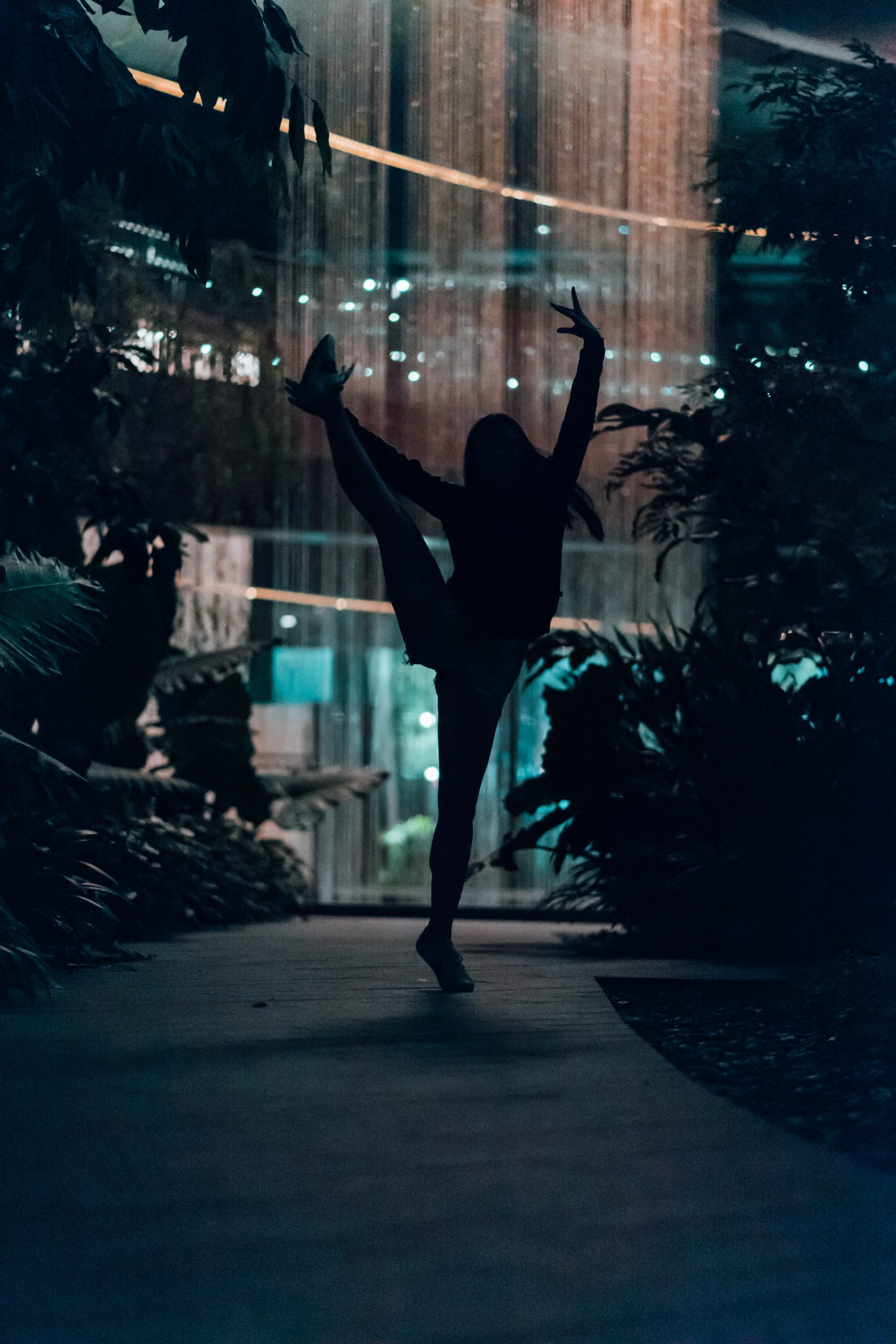
Wellbeing through Dance Movement Therapy
“Dancing is the loftiest, the most moving, the most beautiful of the arts, because it is not mere translation or abstraction from life; it is life itself.” ~ Havelock Ellis
Dance is an art. It’s like the body is spiraling with every movement. People express themselves while they dance.
Ever wondered if dancing can be a remedy to all your worries?? People hold onto their past and close their minds like a tight fist. The movement in dance forms supports them to release what disturbs us.
Millennials have devised ‘Dance Movement Therapy’ (DMT), a form of art therapy that uses movement to help individuals achieve emotional, cognitive, physical goals of better health.
It is beneficial for both physical and mental health. It can be used for reducing stress, preventing physical ailments, and managing moods.
Physical issues in which DMT is involved are:
- Chronic pain
- Childhood obesity
- Cancer
- Arthritis
- Hypertension
- Cardiovascular disease
Mental health issues are:
- Anxiety
- Depression
- Disordered eating
- Poor self-esteem
- Post Traumatic stress
- Dementia
- Autism
- Aggression/violence
Most DMT sessions are guided. They may be structured or non-directive. The therapists develop their own style but follow common practice.
It includes
- Observation
- Assessment
- Warm-ups
- Interventions
- Verbal processing, and
- Warm-down phases for closure.
The sessions may be conducted individually or in groups. But one needs to be actively engaged as movement is a language of communication.
According to the therapists, the mind, body, and spirit are connected and in unison while we dance. They assess the movements of people for better restoration of mental and physical well-being.
No need to train yourself in any type of dance form. Because DMT is all about training your senses for self-improvement and not for a dance competition.
The sole approach of DMT is to expand awareness of the power of such a modality. It requires the support of the inner voices that lead one to their real self.
Written by Deepti Khatkar

